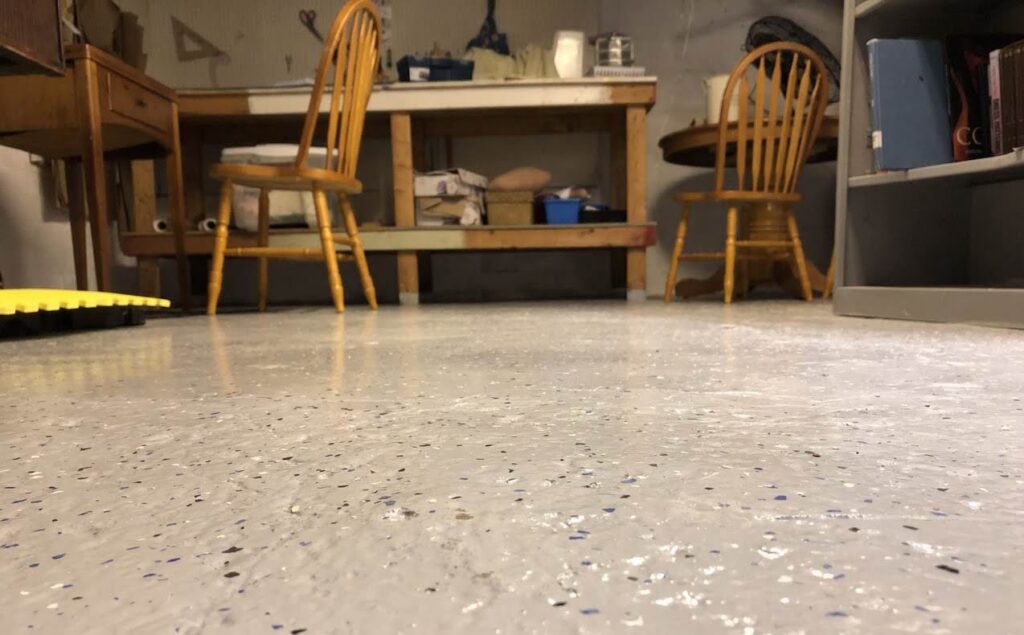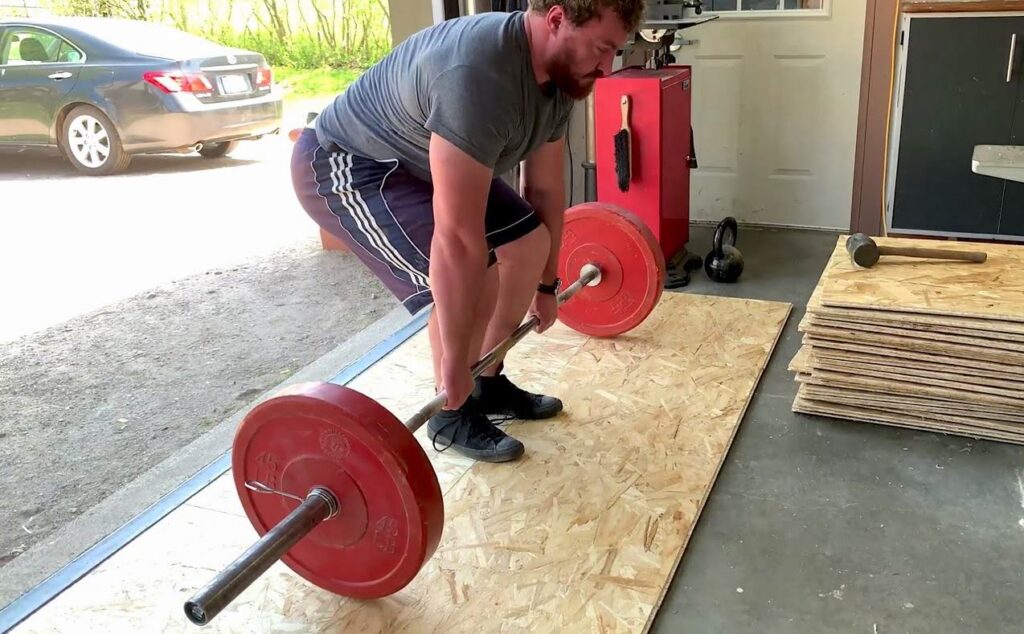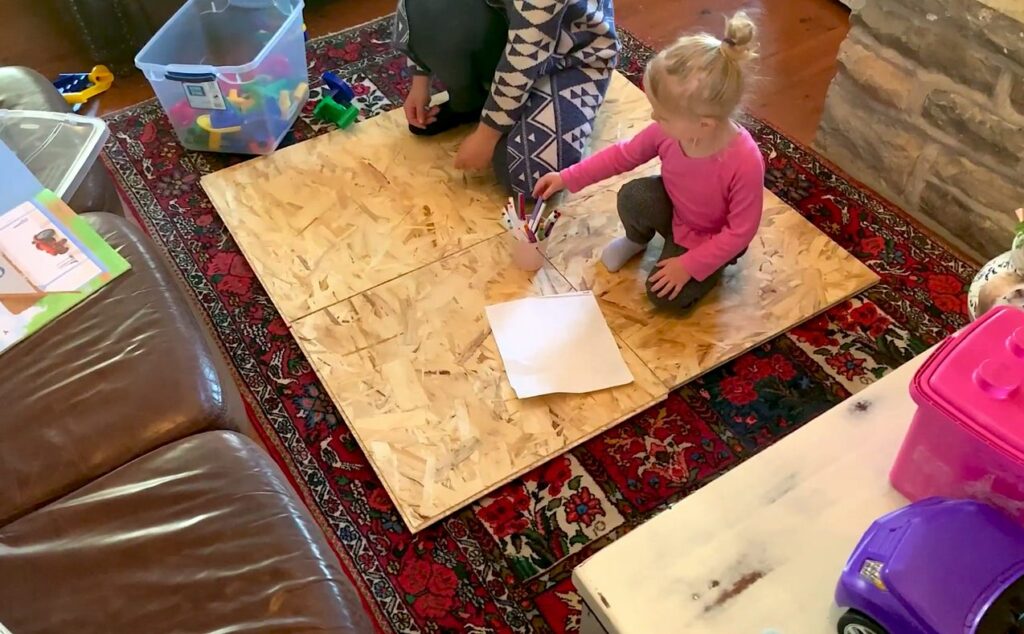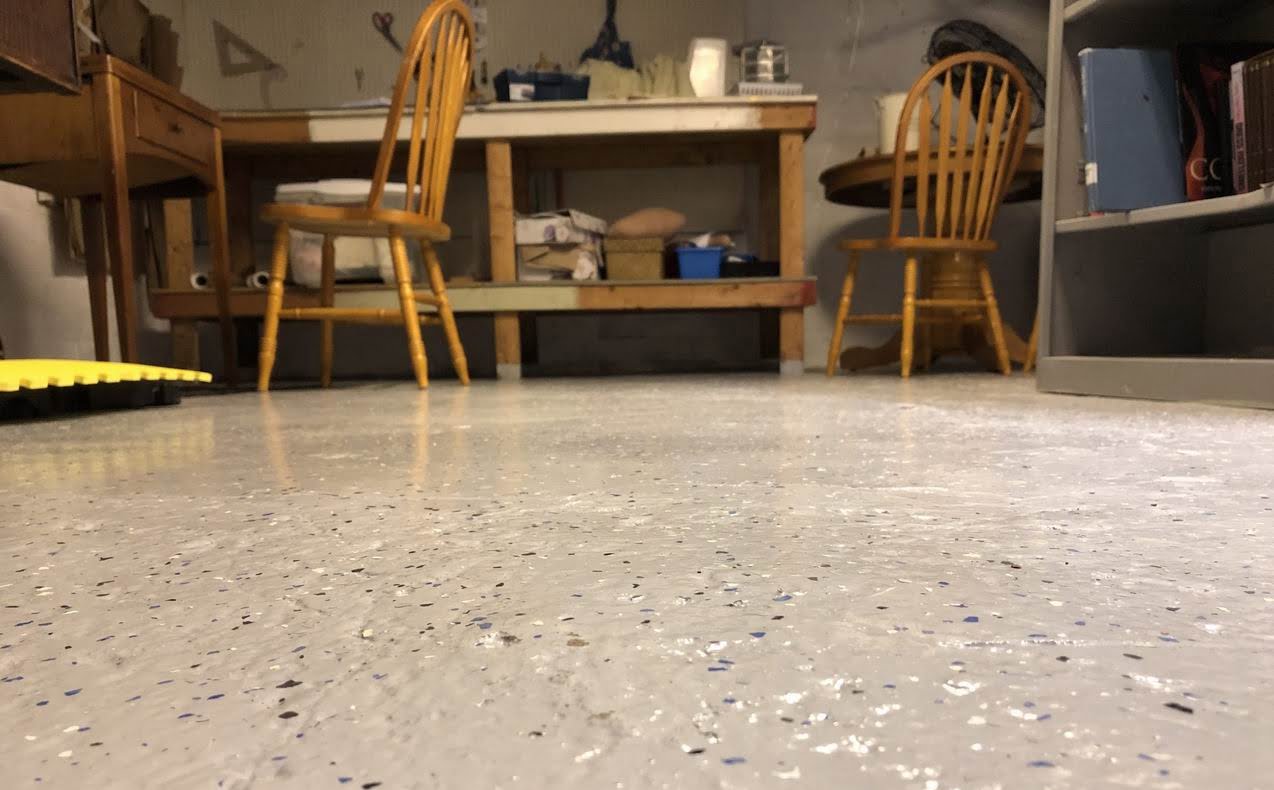When COVID lockdowns first appeared in early 2020, the weather was getting warmer, providing at least some opportunity to spend time in isolation outdoors. But with the unfolding of second-wave lockdowns, we face what amounts to another round of house arrests, except this time with the added burden of cold, wet, freezing winter weather, making our social world even smaller.
This is why more and more people are scrambling to extend their indoor living space. Here are three popular approaches that are all based on innovative uses of subfloor panels.
Basic basement finishing

Got an unfinished basement? Making this space comfortable is the single most useful thing you can do to increase your household living area, but there are two challenges.
First, finishing a basement in the usual way can take months or longer. The second problem is cost. Any full basement finishing is guaranteed to run into five figures. Speed of completion and economy are where a basic approach to basement finishing can help.
Basic basement finishing is a simplified process that aims to deliver all (or most) of the physical comforts of a fully finished basement, but without a finished appearance. Heat, paint and a comfortable subfloor are the main ingredients of basic basement finishing and you can make it all happen on your own for a few thousand dollars.
Install subfloor panels on all parts of the basement floor you intend to use. DRICORE panels are the most widely available, they’re the best I’ve seen and they’re made in North America. Leave the panels bare or paint them.
A fresh coat of paint on basement walls makes them look much better, and painting the exposed ceiling joists and underside of the subfloor makes a huge difference in how the space feels.
Most furnaces have the capacity to heat the basement as well as upstairs rooms, but only if cold air return ducts are extended so they draw air up from the basement floor. This is key.
Garage as workout space

One of the hardest parts of COVID isolation for some has been that public gyms have either been closed or sufficiently restricted to make them unusable. This is why there’s been a run on the purchase of exercise equipment, but that’s only part of the equation.
Space to use that equipment is also essential, and this is where a garage retrofit can help. So, what has to happen to make a garage your own private exercise space when it’s cold outside? A comfortable floor and a little heat will do the job.
Install subfloor tiles in a section of your garage to keep feet warmer and more comfortable, while greatly reducing the shock on joints and limbs that would happen if you exercised directly on concrete.
The kind of foam-bottomed subfloor panels I recommend for this application can handle in excess of 6,600 lbs. per square foot, so they’re more than strong enough to work out on. A 5,000-watt electric construction heater costs about 75 cents per hour to operate, yet it’s large enough to take the chill off most garage spaces during workout sessions.
Tough indoor play surfaces

One of the challenges of having children indoors at home for extended periods is the household damage they’ll probably inflict as they play. You can reduce this problem by designating a decent-sized space as an indoor play room.
Take down and store pictures and wall hangings, then protect the current finished floor with subfloor panels. For temporary applications like this, panels can even go down over carpet, too.
A little household modification can go a long way when it comes to extending the living space in your home. By all accounts, it looks like we’re in for an interesting rest of winter indeed.







